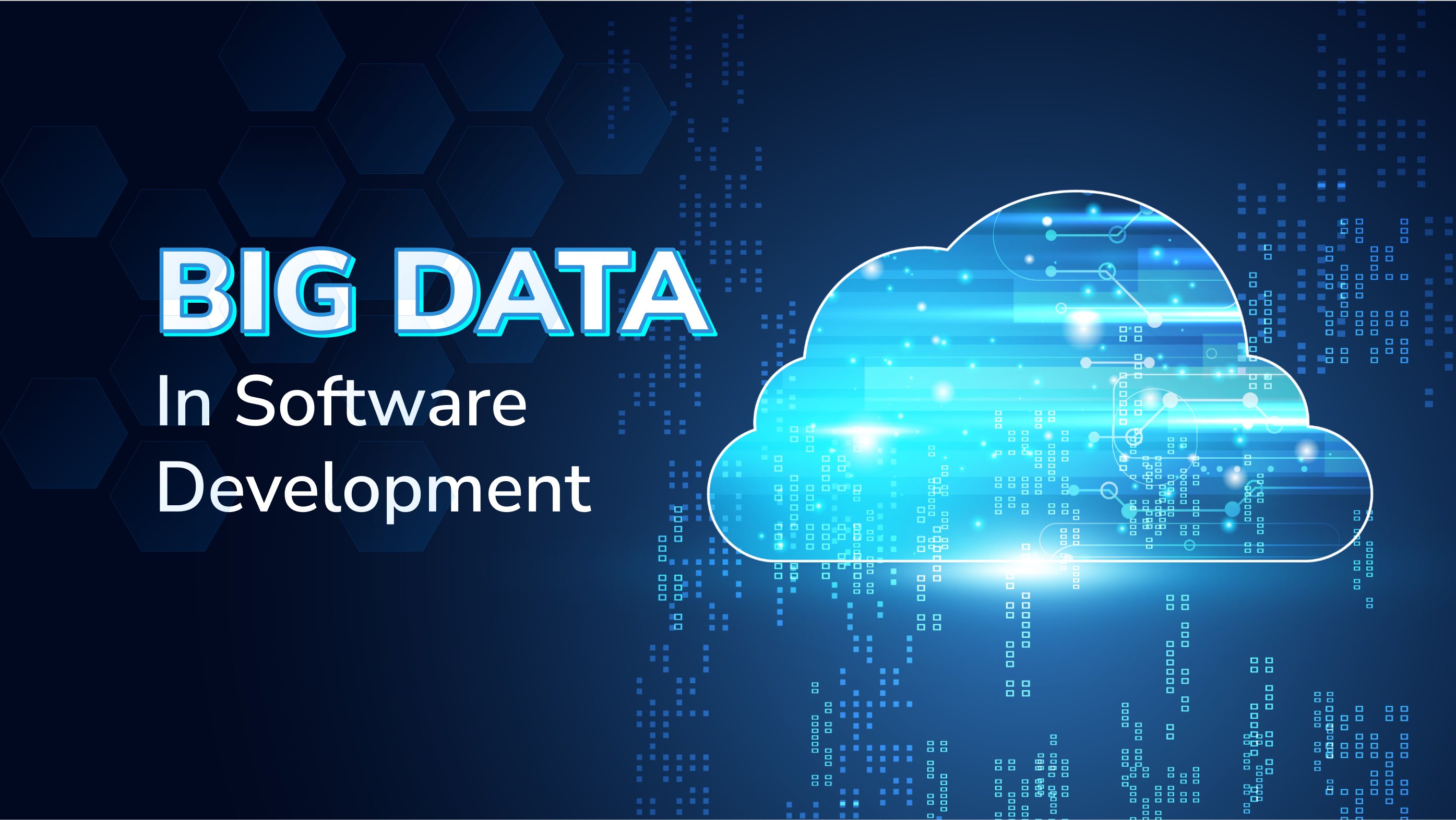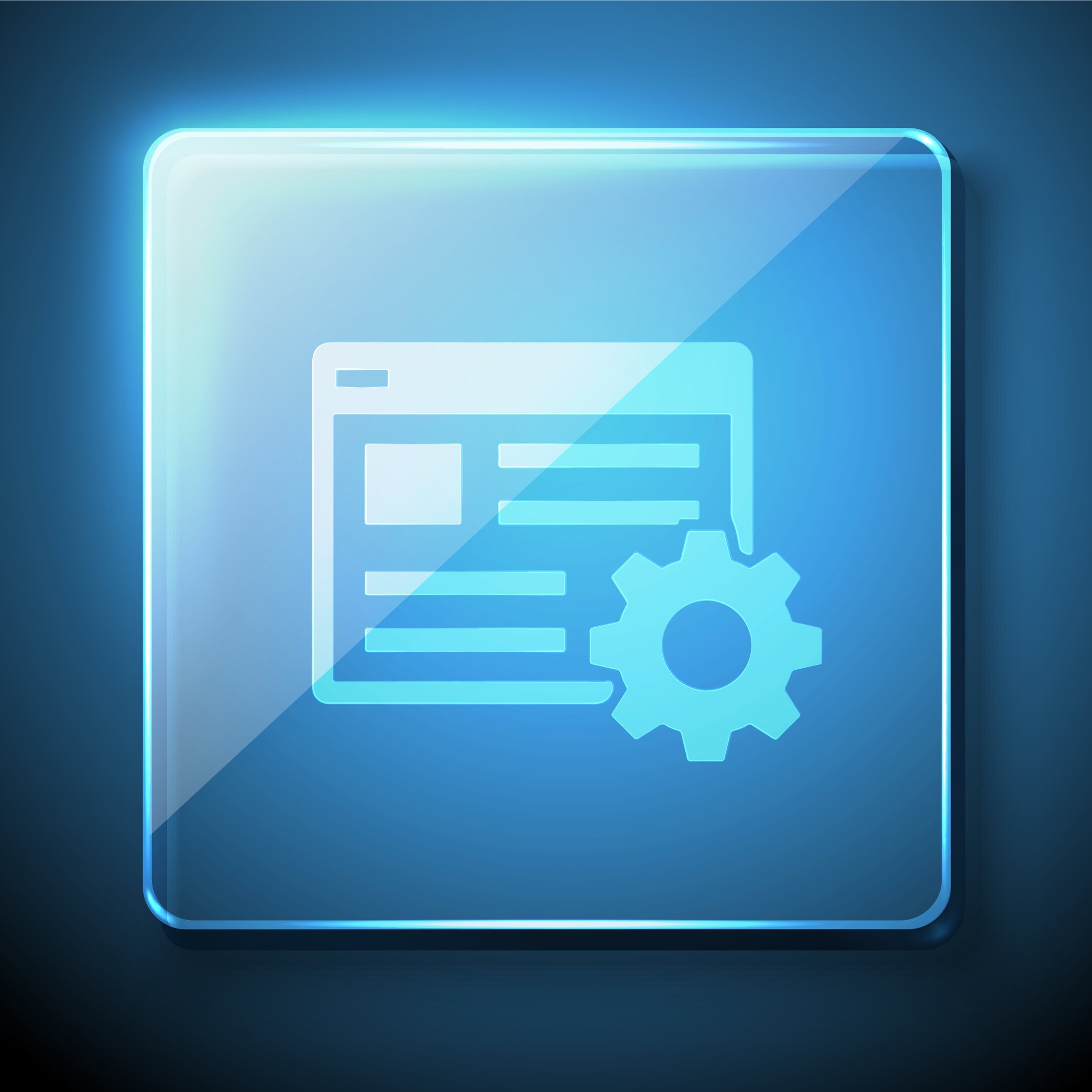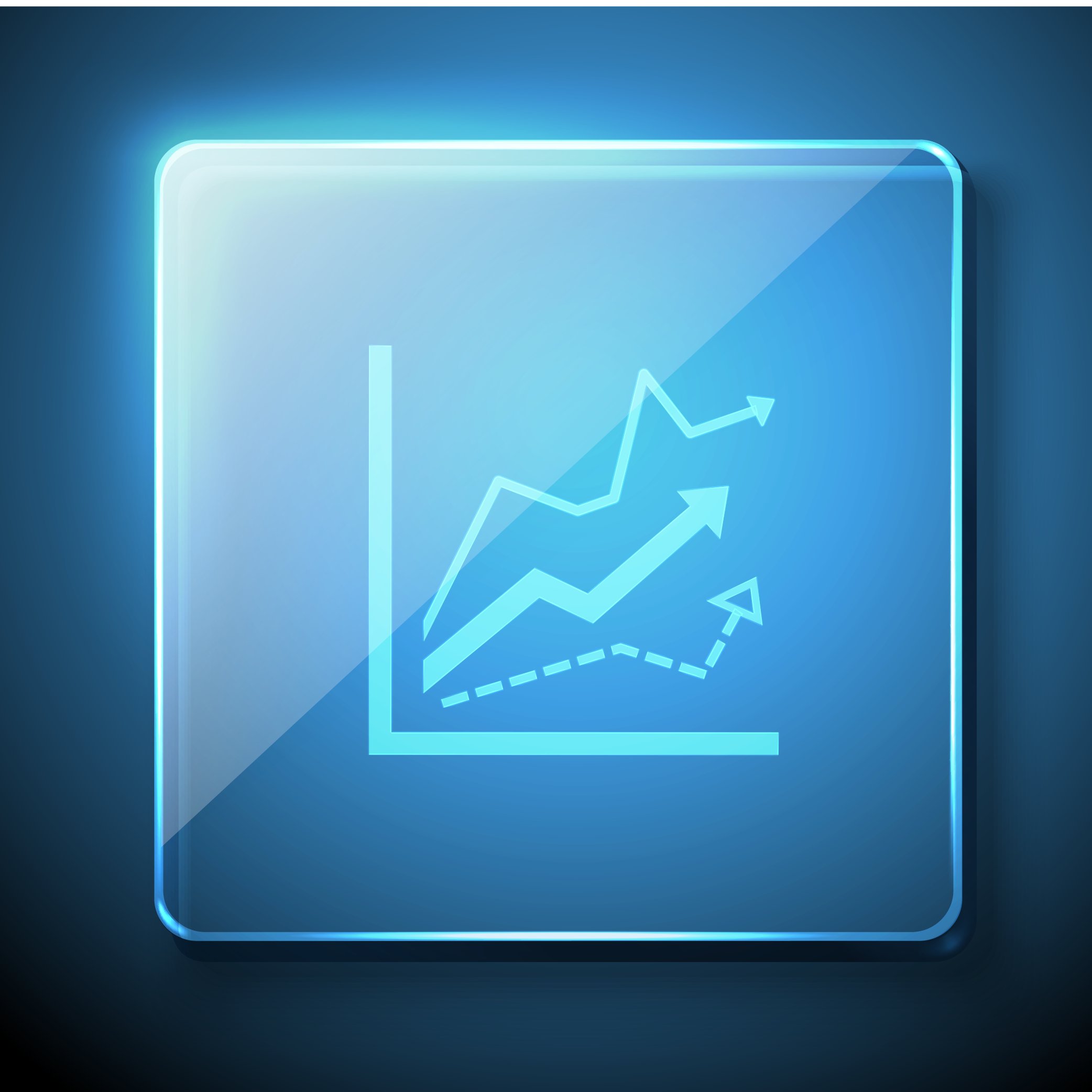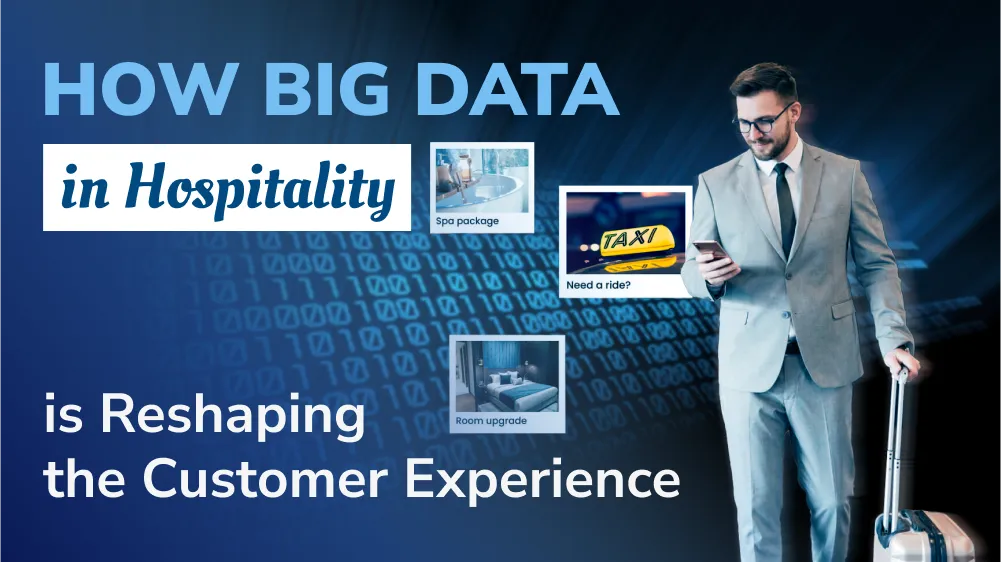Best Innovative Ideas for Integrating Big Data in Software Development

Content Map
More chaptersThe evolution of big data in software development has been a transformative journey, contributed by the increasing use of modern devices, applications, and technologies.
With the proliferation of Internet connections, digital activities such as using websites or making online transactions continuously produce user raw data without any barriers, leading to the explosion of data in recent years. In 2020, the amount of data created and replicated reached a surprisingly new high, up to 64.2 zettabytes. To describe the massive data volumes that grew beyond the capacity of traditional databases, the term “big data” was born, highlighting the need for more sophisticated data management solutions.
It would be a waste for businesses to ignore structured and unstructured data generated every minute as they serve as a valuable source of insights for maximizing efficiency and eliminating bottlenecks related to traditional processes. Big data technologies, combined with a number of data science-related technologies and methods such as big data analytics, Business Intelligence (BI), machine learning algorithms, cloud computing, and IoT, have the potential to revolutionize industries as a whole.
Learn how data scientists and developers use big data in the custom software development process across different industries and discover unique business ideas that incorporate this technology in the article below.
Big Data Ideas in Transportation
Before the concept of big data was widely presented, most information collection activities relied on paper records, physical counts, and basic surveys, which cost much effort from employees. As individuals working in the transportation sector need time to gather all the necessary information, the collected data, once the latest data at the time of collection, inadvertently becomes outdated data over time.
Without real-time data, the transportation sector experiences countless difficulties. For example, vehicle deployment and staffing that rely on historical patterns may lead to unwanted inefficiencies; maintenance schedules for vehicles that rely on fixed intervals result in either over-maintenance or unexpected breakdowns. All of these challenges create urgent needs for modernizing the transportation sector.
Autonomous Vehicle Development

Big data is the foundation for the development and operation of self-driving cars.
Thanks to the help of IoT devices, sensors, and GPS, data storage is increasingly expanding with massive volumes of unstructured and structured data. These raw data, which seem to be patterns that do not bring any value, can become meaningful insights through big data analytics. Big data analytics not only includes types of big data analysis but also involves more advanced tools and techniques such as artificial intelligence, machine learning models, and real-time data processing systems.
By processing all the collected data, big data systems power autonomous vehicles to understand their existing environment and recognize obstacles, thereby improving decision-making capabilities. Without the need for actual drivers, self-driving cars now have the ability to independently park, choose optimal paths, and avoid congestion.
This transformative idea is already on the roads, but it yet to be perfect. There are still many aspects that need to be improved to make autonomous vehicles more popular, efficient and user-friendly in the future. How to apply and deploy big data and other necessary technologies to push these future cars’ capabilities to their limits is a promising prospect.

Predictive Maintenance Apps for Public Transport

Unlike private vehicles, public transports handle large numbers of users in transit, providing convenience to the community. By involving many passengers at the same time, safety and customer satisfaction are among the top priorities for public transport systems.
Obviously, employees working in the transport sector can deliver these values well through regular maintenance. However, as humans cannot foresee the future, and drivers tend to only take their vehicles for repair when they show signs of damage, sudden mechanical failures are inevitable. Thanks to predictive analytics, businesses can build apps that can predict potential breakdowns before they happen, revolutionizing maintenance practices in a positive way.
By equipping trains and buses with sensors, operators can continuously update the health and performance of public transport without the need for direct intervention. Maintenance to be scheduled proactively rather than reactively is the basis for avoiding service disruptions, reducing maintenance costs, and improving passenger satisfaction.
Environmental Impact Monitoring

Whether we like it or not, transportation has some impact on the environment. This is a global issue that humans are trying to solve thoroughly.
There is no denying that the development of electric vehicles has partly solved the pollution situation compared to traditional gasoline or diesel vehicles; they are not entirely without negative environmental impact. Fortunately, transportation agencies today know how to leverage big data tools to move closer to the goal of a greener planet.
Vehicle emissions, fuel consumption, traffic patterns, air quality, and traffic congestion are some of the important real-time data in identifying needed areas of environmental improvements. The abnormal indicators from the collected data are the foundation for transportation providers to make timely changes to overcome the consequences before they really affect environmental regulations and urban environments.
Big Data Ideas in Marketing
A successful marketing campaign is one that successfully reaches the target audience. However, with the continuous development of technology and rapid changes in consumer behavior, implementing tasks such as advertising, segmentation, and product development through traditional methods is no longer as effective as before.
Customer Segmentation and Targeting Tools

If you rely solely on general patterns of user demographics and general consumer trends collected from classic methods such as surveys and focus groups to group audiences, you have to accept that the results are likely to be broad customer segments with less precision. Big data in such a situation brings a breath of fresh air to the marketing field, helping customer segmentation become more detailed than ever.
Segmentation assistants, in addition to analyzing demographic, geographic, and psychographic data from users, also expand their scope to collect a wide range of variables, including market trends, behavior, preferences, and real-time interactions. From large customer segments, big-data-powered tools help create smaller and more specific customer groups with similar characteristics, serving the later activities of marketing strategies. The most important thing is that the entire process is done automatically, reducing the time and resources needed for segmentation and targeting.
Platforms for Personalized Marketing Campaigns

As each customer segment has different needs and preferences, marketers cannot apply the same user engagement formula to all segments.
Big data has brought marketing activities to a new height. Depending on the comprehensive view of different customer groups obtained from previous audience segmentation, combined with additional analysis of user data from social media, previous purchases, and past interactions, marketers can now create more personalized marketing campaigns that hit the psychology, preferences, and pain points of users.
This explains why you often see certain ads appearing on your social media channels, while others don’t. Successfully developing a targeted advertising that speaks directly to each segment’s unique tastes is considered the first step in increasing conversion, improving marketing efficiency.
Market Trend Analysis Tools

Marketers need to stay abreast of industry trends to keep their products/services fresh. Market trend analysis tools that use big data can help in this situation. In addition to continuously collecting vast amounts of data from market reports, social media, and consumer feedback, big data allows businesses to promptly recognize emerging trends and shifts in consumer preferences, thereby developing appropriate strategies to meet customer changing demand.
For instance, by collecting users’ eating habits over a period of time, a food and beverage company discovers a growing interest in plant-based diets. This serves as both a new idea and a motivation for business owners to develop new products to cater to this trend and create a competitive advantage.
Big Data Ideas in Finance
The financial industry, one of the most sensitive sectors when handling huge amounts of sensitive data and transactions daily, is often the top target of criminals seeking illicit profits. According to statistics, for every five attacks on financial firms, one of them is on banks. As cyberattacks show no signs of slowing, this number is expected to increase if the finance industry does not take any steps to limit and resolve them. In such a situation, big data and other related techniques emerge as part of the solution.
Fraud Detection and Prevention Solutions
You will only identify unusual financial activity by carefully collecting and analyzing user transaction data happening every day. However, with the huge volume of transactions, controlling and reviewing them based on manual methods seems to be impossible. That is why banks and financial institutions need the help of big data software development to create fraud detection solutions for vulnerable uncovering.
Such apps can not only analyze large amounts of transaction data at the same time, but also do it in real time. Continuous processing of data helps fraud detection tools easily detect fraudulent activities in the finance industry whenever there are signs of unusual patterns and anomalies. After flagging suspicious activity, big data will power the apps to trigger an alert to the management system for further investigation, promptly preventing possible cyber attacks and protecting users’ assets.
Regulatory Compliance Assistants
Big data certainly cannot replace human responsibility in complying with regulatory requirements in the finance industry, but it can simplify the process in many ways.
Powered by big data, regulatory compliance assistants are able to efficiently manage, store, and organize large volumes of data, making it easier for bank employees to access and review information needed for compliance without the effort of manual searching and documentation. By using such solutions, no data is left behind as the system automatically tracks and records all data interactions and changes. These data, combined with big data analytics tools, now play an important role in monitoring transactions, identifying compliance breaches, and ensuring ethical and legal standards are met.
Tools for Credit Scoring and Loan Underwriting
Big data even has the potential to revolutionize credit scoring and loan underwriting by incorporating alternative data sources.
It is difficult for individuals with the absence of a traditional credit history to receive the same financial opportunities as others. However, the development of big data gives banks more ways to assess the financial health and credibility of this group of customers.
By examining big data history, including customer patterns in payment, spending, and saving behaviors, financial institutions using tools specifically for credit scoring and loan underwriting can gain valuable insights into an applicant’s financial responsibilities and predict whether they are likely to repay the loans or not.
In addition to assessing the creditworthiness of customers through collecting financial behaviors, big data analytics integrated into apps also analyze and provide potential risk levels in case the loan is approved, thereby providing solutions accordingly and setting appropriate interest rates and loan terms for such customer groups. Once a microloan is granted, these types of software will continue to monitor the borrower’s financial behavior, helping banks improve lending decisions at later stages.
Big Data Ideas in Healthcare
The healthcare industry is one of the areas that requires timely support. The collection and documentation of patient data entirely relies on manual data entry and storage methods, which makes data systems lack the required uniformity and real-time capabilities. In addition, the growing demand for healthcare services in recent years has increased the inherent hospital workloads, making integrating new technologies a must to improve the efficiency of healthcare processes.
Resource Management in Healthcare Facilities

Receiving a patient load that exceeds a hospital’s capabilities can cause disruptions to healthcare operations. While this is an unintended event, there are still some objective reasons, like departmental silos, that make this situation difficult to control. The development of software solutions with resource management functions in healthcare facilities can partly solve the problem.
By regularly collecting data related to hospital capabilities such as staffing levels, patient admissions, and treatment durations over each period, then analyzing and comparing these indicators with available resources, resource management apps with the help of predictive analytics can forecast demand for hospital beds, staff, and medical supplies. As healthcare facilities do not fall into a state of overload, the experience of users of patient care efficiency services is also raised to a new level.
Remote Patient Monitoring and Telemedicine Platforms

There is no denying the importance of in-person visits. However, the development of telemedicine and remote monitoring platforms that leverage big data is a great way to help patients access continuous care outside traditional healthcare settings.
The development and increasing popularity of wearable devices, mobile apps, and home monitoring systems have contributed to a huge amount of data. By continuously tracking patients’ health remotely through such technologies, healthcare providers receive real-time insights into patients’ health, providing timely online notifications about potential issues before they become serious. Such tools are especially suitable for monitoring chronic conditions like diabetes or heart disease and raising awareness about health protection to reduce hospital visits where possible.
Big Data Ideas in Education
Every day, the education industry revolves around large volumes of data, including attendance records, student performance, testing results, etc. Regardless of whether or not big data analysis is applied, we all have to admit that the process of analyzing such information is necessary to gain meaningful insights that can help improve teaching effectiveness. So, instead of manually processing information in the traditional way, why not better streamline processes by integrating modern technology?
Curriculum Development and Optimization
You cannot apply the same teaching method to all students when each individual and each class has its own unique characteristics. This explains why the effectiveness of lectures and learning programs is different for each student.
In software development for education, big data is considered an effective technology to support curriculum development and optimization. Teachers can, of course, provide many educational programs and initiatives at the same time, then measure their effectiveness after a certain period of time. However, it is undeniable that such a process requires a lot of effort and time to implement.
With curriculum optimization tools, educators have a faster and more effective way to improve teaching effectiveness and limit manual processes. By continuously analyzing data from student assessments, feedback, and educational outcomes, the solutions easily detect gaps in the teaching programs and provide suggested ideas for improvements. This helps teachers quickly evaluate the effectiveness of teaching methods, thereby improving the quality of education and student outcomes.
Personalized Learning Platforms
Duolingo is a popular example of a self-learning platform that focuses on developing users’ language skills. Although such type of app is no longer a new innovation in today’s education market, it continues to garner significant attention from students who need to access online courses at their own pace and on their own schedule. A complete learning app requires the contribution of many different modern technologies and tools. Among all, big data plays a core role for its functionality and success.
Typically, personalized learning platforms will provide students with mass lectures at the beginning. In later stages, apps offer personalized content and recommendations based on users’ progress and performance. Self-learning platforms can do this because they continuously collect and analyze large user data volumes. This enables them to identify a learner’s strengths and weaknesses through their behavior and changes in learning performance, improving the overall learning experience.
The Future of Big Data in Software Development
Big data holds immense potential across various industries, such as ecommerce, hospitality, healthcare, and retail, transforming how organizations operate, make decisions, and deliver value. Applying big data in operations is no longer a luxury but a necessity to gain a competitive advantage.
However, ideas for big data in software development will remain pure theory unless you implement them and turn them into reality. Here at Orient Software, we provide large pools of big data experts ready to serve within two weeks. Not only are they individuals with deep technical expertise, but our developers also have all the soft skills you need in a complete development team. Wondering how we can deliver successful outcomes for your software project? Contact us for free quotes on data science services and more details.











